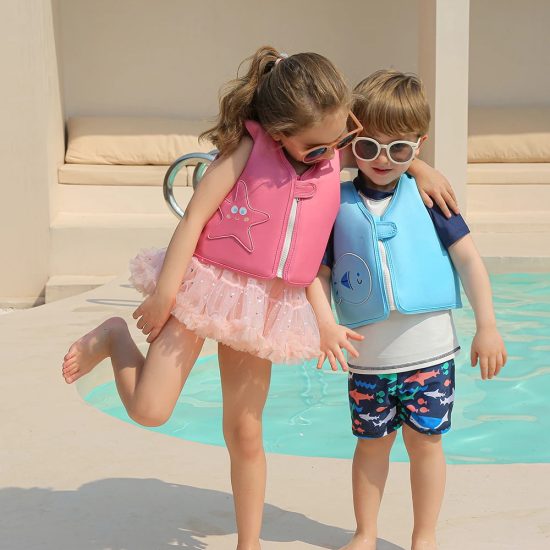Life jackets, once simple and utilitarian, have undergone a remarkable evolution over the years, transitioning from basic designs to sophisticated safety gear. This evolution reflects not only advancements in technology but also a deeper understanding of safety needs. Let’s explore the fascinating journey of life jackets from their traditional roots to their modern-day iterations.
1. Traditional Beginnings
Life jackets have a long history, dating back centuries. Early versions comprised simple buoyant materials like cork or inflated animal bladders, primarily used by seafarers for safety at sea. These rudimentary designs were bulky and limited in their effectiveness.
2. The Introduction of Standardization
The late 19th and early 20th centuries witnessed efforts to standardize life jackets. The introduction of standardized designs and materials, such as kapok-filled vests, marked a significant step towards improving safety measures, especially on ships and during wartime.
3. Innovations in Materials
Advancements in materials science brought about a shift from natural materials to synthetic fabrics and foams. Nylon, neoprene, and later, innovative buoyant materials allowed for more comfortable and efficient life jackets.
4. Increased Focus on Comfort and Mobility
With evolving recreational water activities, there was a growing emphasis on comfort and mobility. Designs became sleeker, less bulky, and more tailored to specific activities like boating, fishing, and watersports, encouraging consistent wear.
5. Technological Integration
The integration of technology has revolutionized life jacket design. Sensors for detecting distress, automatic inflation mechanisms, and improved reflective elements have made modern life jackets not only safer but also more responsive and user-friendly.
6. Customization and Fashion
Today, life jackets are not just about safety; they are fashion statements. Customization options, trendy designs, and a variety of colors cater to different preferences, encouraging wearers to embrace safety without compromising style.
7. Sustainable Innovation
In recent times, sustainability has taken center stage. Manufacturers are exploring eco-friendly materials and production methods, aligning life jacket production with environmentally conscious practices.
Conclusion
The journey of life jackets from their humble beginnings to their present state showcases an incredible fusion of innovation, technology, and safety consciousness. These devices have evolved from basic survival gear to sophisticated safety equipment, ensuring not only buoyancy but also comfort and style. As technology continues to advance, the future promises even more innovative and sustainable life-saving solutions, making water activities safer and more enjoyable for everyone.


